Review Of Nomenclature Of Units For Territorial Statistics Boundaries
Eurostat are carrying out a review of NUTS boundaries. The purpose of this
consultation is to help inform the Scottish Government’s response to this review and
to ensure that stakeholders views are taken into account before submitting
proposals.
Review Of Nomenclature Of Units For Territorial Statistics (NUTS) Boundaries
Introduction
The Nomenclature of Units for Territorial Statistics (NUTS) is a set of geographical boundaries set and regulated by the European Union.The core purpose of NUTS boundaries is the reporting of regional statistics to Eurostat, however those statistics are often used to inform regional policy development and determine regional funding allocations.
Eurostat are carrying out a review of NUTS boundaries.The purpose of this consultation is to help inform the Scottish Government's response to this review and to ensure that stakeholders views are taken into account before submitting proposals.
The NUTS geography is a hierarchical geography with 3 levels.NUTS1 is the highest level of the NUTS geography and Scotland is a NUTS1 region.NUTS levels 2 and 3 are sub-divisions of Scotland and should align to local administrative boundaries.Maps 1 on the following pages show the current boundaries of NUTS2 regions.
The Scottish Government will only be submitting proposals for changes to NUTS2 boundaries.
There are four NUTS2 areas in Scotland. Article 3 (2) of the NUTS regulation, 2003 outlines the population thresholds for each NUTS level (NUTS2: 800,000-3,000,000, NUTS3: 150,000-800,000).The population ranges are guidelines only and Article 3 (5)[1] states that individual non administrative units may deviate from these thresholds because of particular geographical, socio-economic, historical, cultural or environmental circumstances.
The current UK NUTS structure was established in 1998 following an extensive consultation exercise two years earlier.All NUTS areas across Europe are reviewed regularly (normally every three years), with the last review completed in 2013.
Changes made as part of this review will come into force on the 1st January 2018, but will not impact on the allocation of structural funds beyond 2026.
Responses to this consultation are invited by 15 January 2016.
Map 1: Current NUTS Level 2 Boundaries
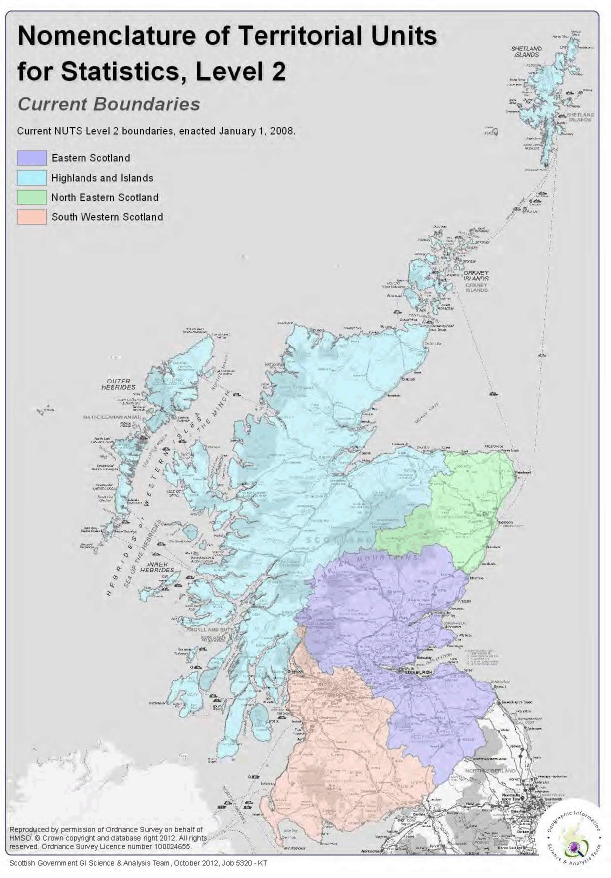
Statistical Issues
A number of statistical issues need to be balanced when reviewing NUTS boundaries: data availability, data protection, comparability across areas and stability over time.
All Member States have to report on a range of regional statistics to the EU on NUTS boundaries.In many cases, this is a legislative requirement, in other cases this is an ESS (European Statistical System) Agreement.ESS agreements are voluntary and there is no obligation on the UK to sign up to them, however, once signed there is an obligation to co-operate with them as part of wider EU obligations. Statistics are grouped into the following themes:
- general and regional statistic / EU policies;
- economy and finance;
- population and social conditions;
- industry and services;
- agriculture, forestry and fisheries;
- international trade;
- transport;
- environment and energy;
- innovation and information society
If any changes are made to NUTS boundaries, the Member State must also provide a back series on the new boundaries within two years of them coming into force.The length of the back series will be agreed between Eurostat and the administration responsible for the statistics.
Roughly standard populations across NUTS regions aid regional comparisons across the EU.
Comparability over time is essential for any time series analysis of statistics at the regional level.Boundary changes cause a discontinuity in the series and make it difficult to determine if a change in the statistics is due to a change in the geography or a change in the character of the area.
Policy Impact
The statistics supplied to the EU at NUTS regions are used to formulate regional policy initiatives and to determine regional funding allocations and eligibility.Any changes to the boundaries of NUTS regions will impact on the statistics used in these policies and which areas are affected by these policies.
€941 Million of Structural and Investment Funds were allocated over 7 years (from 2014 to 2020) to NUTS2 regions in Scotland.Changing the boundaries of these regions may, in the long term, affect the levels of support different areas are eligible for, as Structural Funds are distributed based on GDP per capita in each NUTS2 region and changing the boundaries could change the figures. All areas of Scotland are eligible for funding in one of the supported categories.
A review of Structural Funds will be carried out in 2017 to determine funding over the period 2021-2026; however any boundaries agreed during this review of NUTS boundaries will not come into force until 1st January 2018 and will not impact on the allocation of Structural Funds beyond 2026.
Whether an area gains or loses Structural Funding eligibility will not be taken into account by Eurostat when considering changes to NUTS boundaries and they will not accept proposals simply intended to make an area eligible for Structural Funding.
The previous consultation looked at aligning the Arran and Cumbrae areas with the rest of the North Ayrshire Local Authority boundary. This consultation does not propose any changes to Arran and Cumbrae.
Proposals
Eurostat accept amendments to NUTS areas for two reasons:
(i)Administrative change (for example, local government reorganisation) that affects the existing NUTS structure. Member States are asked to amend NUTS areas so that they reflect current administrative areas.
(ii)Non-administrative change. Eurostat advise Member States to balance out the principles of increasing comparability between regions with retaining stability to preserve time series. Any changes proposed must respect the population thresholds (below) and reduce the standard deviation[2] of the size (in terms of population) of all EU territorial units for the NUTS level.
Population thresholds for NUTS areas
NUTS 13 million - 7 million
NUTS 2800,000 - 3 million
NUTS 3150,000 - 800,000
The Scottish Government's proposals for NUTS2 regions is to create a fifth NUTS2 area to the south of Scotland. This requires changes to the boundaries of NUTS2 Eastern and South Western Scotland areas: This would include the following areas moving into a fifth NUTS2 area
- Scottish Borders local authority to move from Eastern Scotland to the proposed area;
- Dumfries and Galloway, South Lanarkshire, East Ayrshire and South Ayrshire local authorities move from South Western Scotland to the proposed area; and
- the North Ayrshire local authority mainland area, which is currently in the South Western Scotland region, move to the proposed area (Arran and Cumbrae will remain in the Highlands and Islands area).
Map 2 shows the areas affected by these proposals.
Maps 3 and 4 show a more detailed change to the boundaries in the east of Scotland. Maps 5 and 6 show more detailed changes to the boundaries in south western Scotland. Some boundaries may appear differently to the previous outlines due to changes in how coast and river lines are now calculated.
The full NUTS Regulations can be found here:http://eur-lex.europa.eu/LexUriServ/LexUriServ.do?uri=CONSLEG:2003R1059:20110207:EN:PDF
Map 2: Proposed Changes to NUTS2 Boundaries
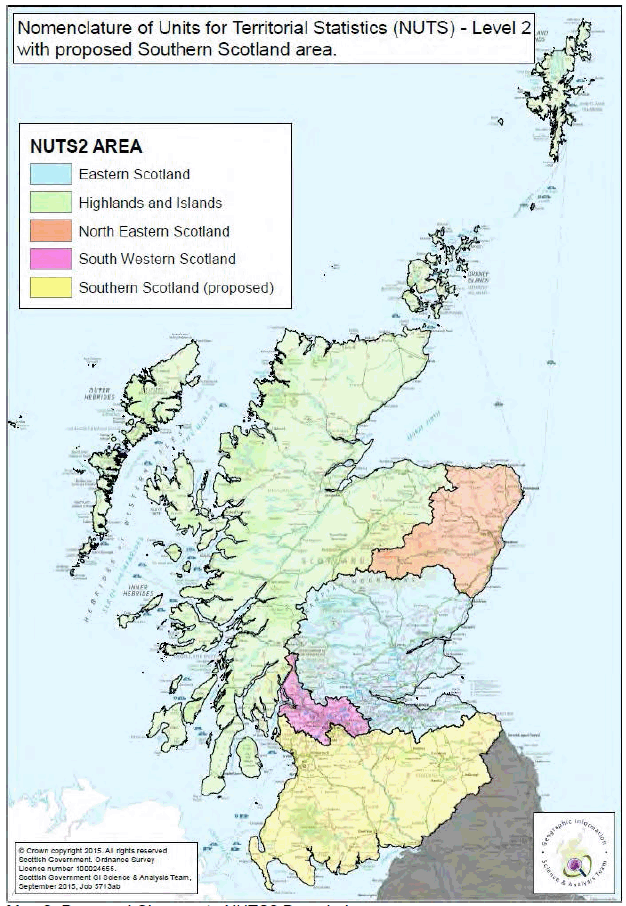
Map 3: Proposed Changes to NUTS2 Eastern Boundary
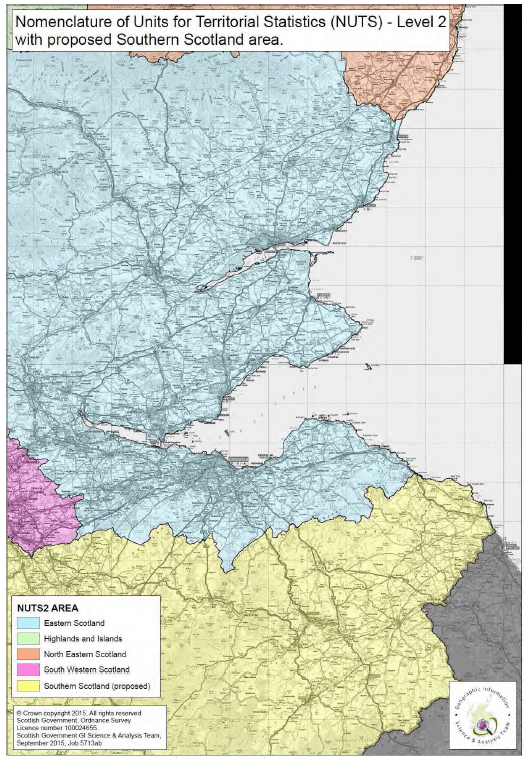
Map 4: Changes to NUTS2 Eastern Boundary (detailed)
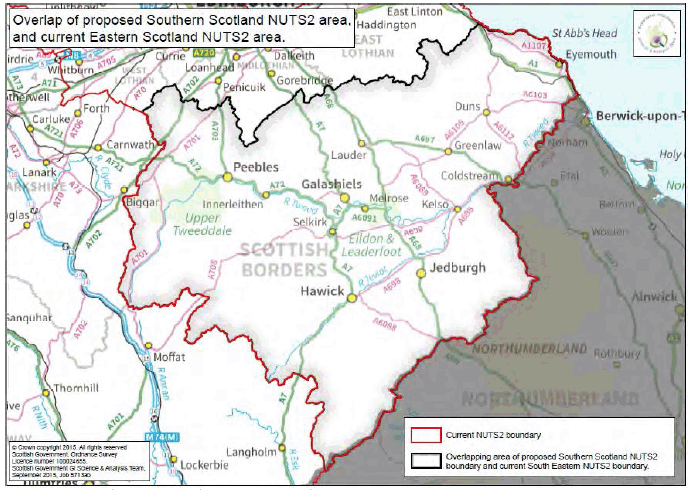
Map 5: Proposed changes to NUTS2 South Western boundary
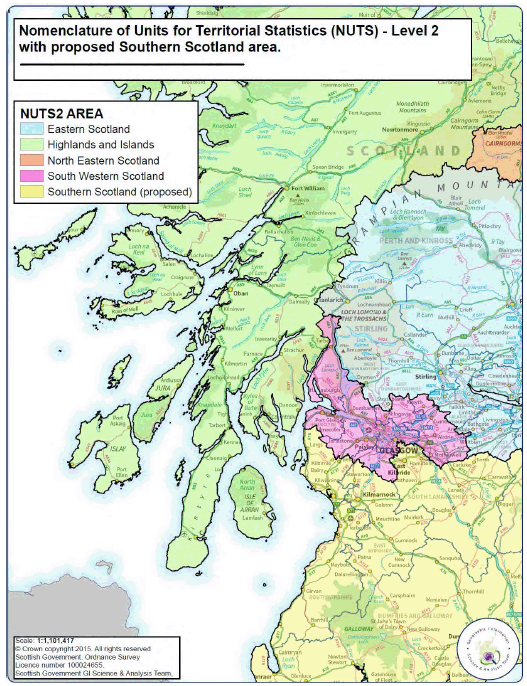
Map 6: Proposed changes to South Eastern Boundary (detailed)
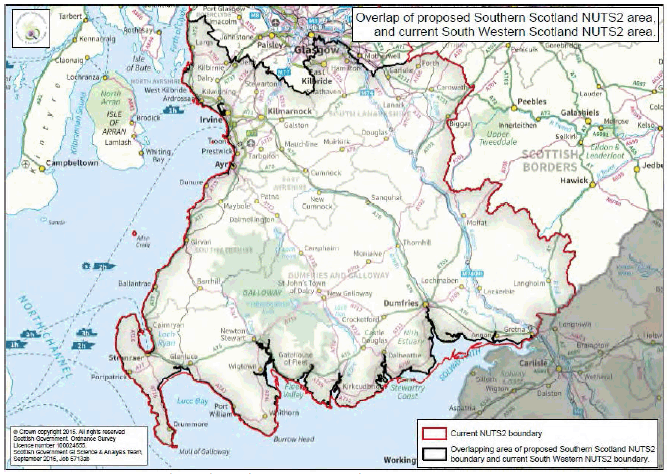
Contact
Email: Alastair McAlpine
There is a problem
Thanks for your feedback